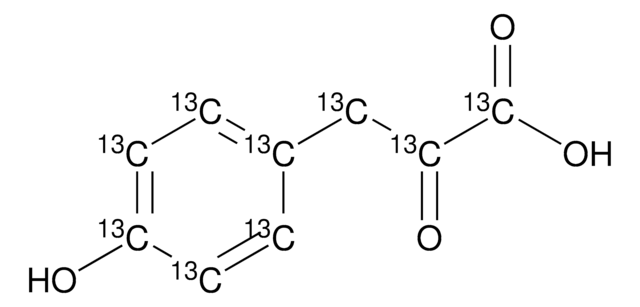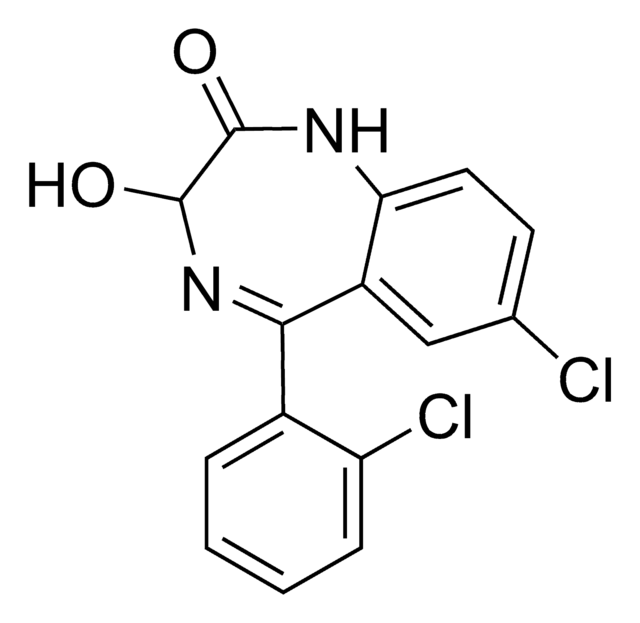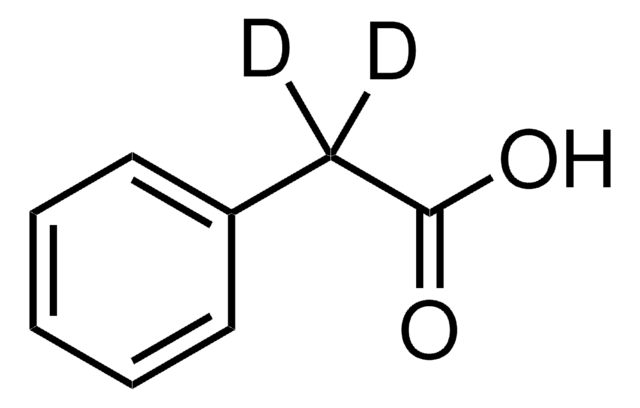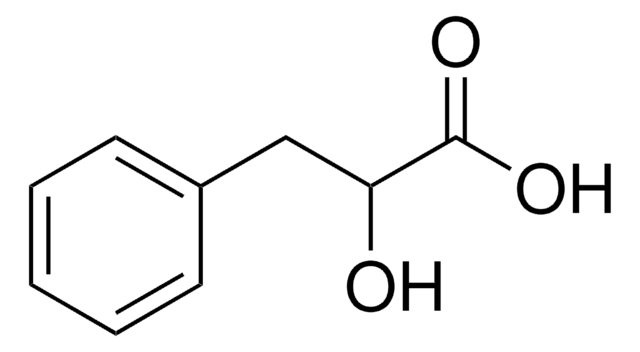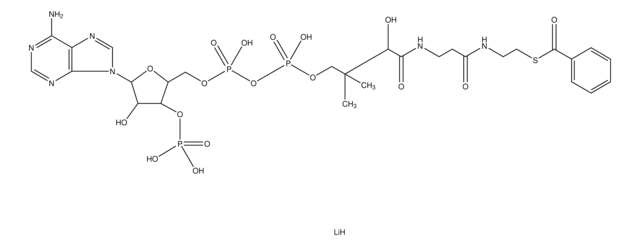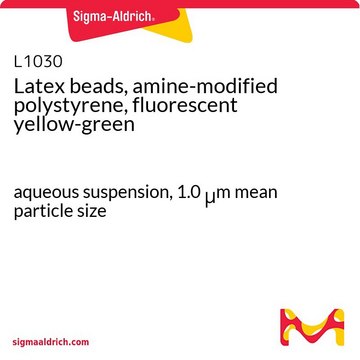About This Item
おすすめの製品
アッセイ
~95%
形状
powder
保管温度
−20°C
SMILES記法
[Li].CC(C)(COP(O)(=O)OP(O)(=O)OCC1OC(C(O)C1OP(O)(O)=O)n2cnc3c(N)ncnc23)C(O)C(=O)NCCC(=O)NCCSC(=O)Cc4ccccc4
InChI
1S/C29H42N7O17P3S.Li.H/c1-29(2,24(40)27(41)32-9-8-19(37)31-10-11-57-20(38)12-17-6-4-3-5-7-17)14-50-56(47,48)53-55(45,46)49-13-18-23(52-54(42,43)44)22(39)28(51-18)36-16-35-21-25(30)33-15-34-26(21)36;;/h3-7,15-16,18,22-24,28,39-40H,8-14H2,1-2H3,(H,31,37)(H,32,41)(H,45,46)(H,47,48)(H2,30,33,34)(H2,42,43,44);;
InChI Key
BYSZOQQABOXIQX-UHFFFAOYSA-N
アプリケーション
保管分類コード
11 - Combustible Solids
WGK
WGK 3
引火点(°F)
Not applicable
引火点(℃)
Not applicable
個人用保護具 (PPE)
Eyeshields, Gloves, type N95 (US)
適用法令
試験研究用途を考慮した関連法令を主に挙げております。化学物質以外については、一部の情報のみ提供しています。 製品を安全かつ合法的に使用することは、使用者の義務です。最新情報により修正される場合があります。WEBの反映には時間を要することがあるため、適宜SDSをご参照ください。
Jan Code
P2153-BULK:
P2153-10MG:
P2153-5MG:
P2153-25MG:
P2153-VAR:
試験成績書(COA)
製品のロット番号・バッチ番号を入力して、試験成績書(COA) を検索できます。ロット番号・バッチ番号は、製品ラベルに「Lot」または「Batch」に続いて記載されています。
ライフサイエンス、有機合成、材料科学、クロマトグラフィー、分析など、あらゆる分野の研究に経験のあるメンバーがおります。.
製品に関するお問い合わせはこちら(テクニカルサービス)